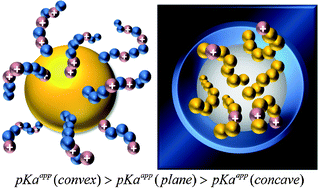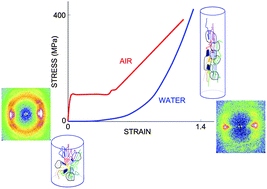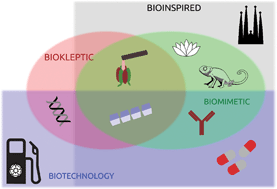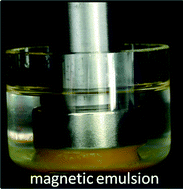 A Soft Matter paper by Roberto Piazza and co-workers has been highlighted on a number of Italian news-sites, ANSA, Sole 24 Ore and Galileo.
A Soft Matter paper by Roberto Piazza and co-workers has been highlighted on a number of Italian news-sites, ANSA, Sole 24 Ore and Galileo.
The paper combines experimental and theoretical studies on what buoyancy actually is, and its relation to the Archimedes’ principle.
What buoyancy really is. A generalized Archimedes’ principle for sedimentation and ultracentrifugation
Roberto Piazza, Stefano Buzzaccaro, Eleonora Secchi and Alberto Parola
Soft Matter, 2012, 8, DOI: 10.1039/C2SM26120K
An excerpt of the piece by the Italian on-line magazine, Galileo
This is the way I rewrote Archimedes’ Principle
Sandro Iannaccone | Published June 28, 2012 13:55
It is the Archimedes’ Principle: a body immersed in a fluid receives an upward thrust equal to the weight of the volume of fluid displaced. A definition that all children learn from from school, established since twenty-three centuries. Yet, this time they are the researchers at Politecnico of Milan to proclaim the famous “Eureka!”: their studies have shown that in some cases the principle, in its classical formulation, is not in agreement with the experimental results. The scientists then set out a more general version of this law of physics, presented in this interview with Roberto Piazza, Director of the Laboratory Soft Matter of Politecnico, author of “Soft Matter, the stuff that dreams are made of” (Springer, 2011) and, together with Alberto Parola of the University of Insubria, of this work published in “Soft Matter”.



















